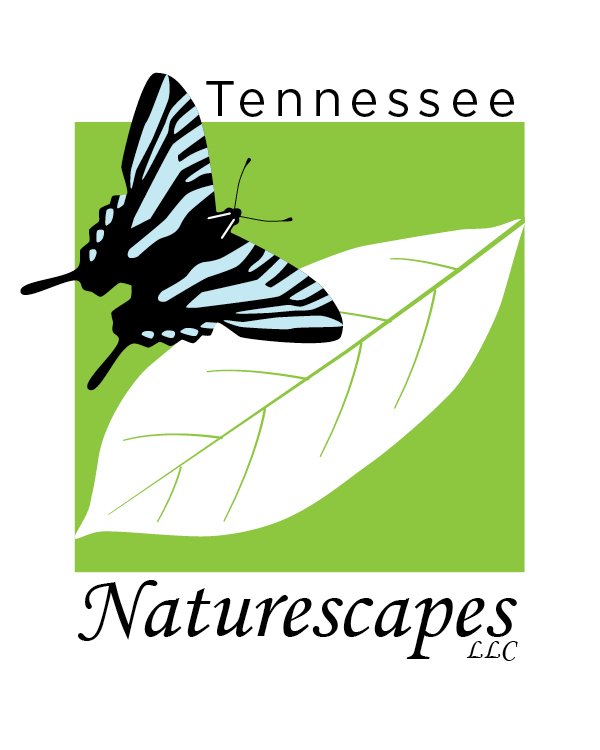Native alternatives to invasive species
“Did you know that not all the plants we see in the wild are native anymore?”
Silk Tree (Albizia julibrissin)
Also called mimosa tree was introduced into the United States in 1745 as an ornamental and it became a popular landscape tree. Native range of this tree ranges from Iran to Japan. Since those days it has escaped from cultivation, became an invasive and is now naturalized from New Jersey to Louisiana and in California.
Silk tree grows up to 20-40 ft. tall and is a strong competitor to native shrubs and trees. It grows well in disturbed soils and produced a lot of seeds. “Mimosa produces many seed pods in one season, and up to 90 percent of the seeds can be viable after five years of dormancy”
Silk Tree is not significant to any native wildlife species. Planting this species is highly discouraged.
English Ivy (Hedera helix)
English Ivy was introduced to the North American continent by European colonists as early as 1727.
It’s an aggressive species that threatens all vegetation levels forest from ground into the forest canopy. Birds spread the seeds by eating the fruits. It out crowds native vegetation and is one of the few invasive plants that can thrive in deep shade.
This vine is commonly seen climbing onto trees and these infested trees will decline for several years before they die because when English ivy reaches the upper canopy, it shades the leaves of the host tree, denying the tree the sunlight it needs for growth and nourishment The added weight of the ivy also makes trees susceptible to blowing over during storms.
English ivy has been confirmed as a reservoir for bacterial leaf scorch that affects a wide variety of native and ornamental trees such as elms, oaks and maples.






